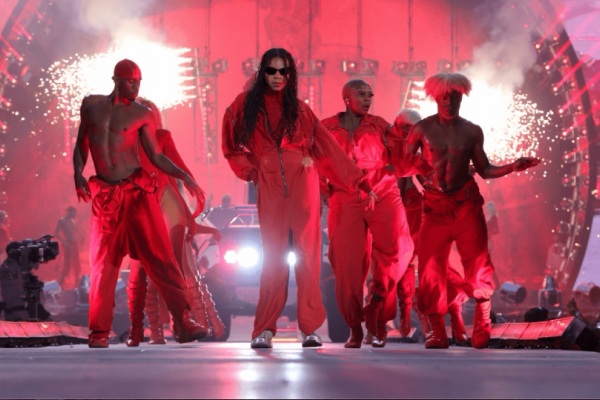May 2, 2024
My “For You” page is dancing again. Coming off the release of Beyoncé’s country album, Cowboy Carter, the TikTokers have taken center screen and are imitating line dances in celebration of her new sound. Sheepishly, I have been attempting to join in. I don’t dance. Or I should say I do not dance well. I’ve never been classically trained, I’ve got two left feet, and I still have to silently mutter the steps to the electric slide to stay on beat. I’ve consistently struggled to find my rhythm, but I dance anyway.
Read the Full Article

Already a subscriber? Login
